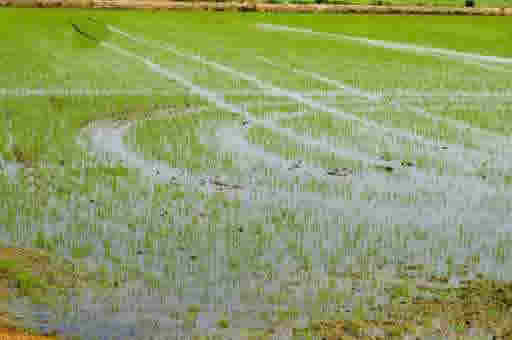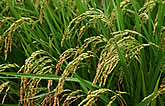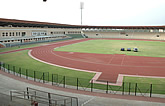|
|||||||||||||||||||||||||||||||||||||||||||||||||
|
|||||||||||||||||||||||||||||||||||||||||||||||||
The need to
level the lands(whether they are well-watered or not) of any type and for all kinds of cultivation (both on the plains and on the hills) is becoming more and more important.The advantages are the followings: avoiding of stagnation (which is very damaging to any cultivation), obtaining of bigger and more even allotments, avoiding or reducing of ditches and sluices, thus cutting undoubtedly down work time and costs (besides, a smaller quantity of damaging substances is emitted in the atmosphere). |
|||||||||||||||||||||||||||||||||||||||||||||||||
The levelling work can be on 2 different types:
|
|||||||||||||||||||||||||||||||||||||||||||||||||
THE RICE-FIELD: a well-levelled land for the achievement of excellent results |
|||||||||||||||||||||||||||||||||||||||||||||||||
In the rice-fieldone of the most important aspects in order to achieve a better technical and economical result is to prepare a sowing bed as flat as possible.As a matter of fact, ranges and lowlands do not allow to make accurate manoeuvres in the water, they actually reduce or weaken the effectiveness of the interventions by means of herbicides, they do not allow the cultivation to evenly use the fertilizing elements, they stop or boost the bent of plants to head regularly. Therefore, after the ploughing the ground is levelled, harrowed and subsequently flooded. The harrowing, to be carried out before the flooding, has got three important tasks:a) the breaking and harrowing of big clods shaped in consequence of the turning of the ground; b) the perfect mixing of the fertilizers before and after the ploughing; c) the levelling of ground. Once the harrowing is carried out, the flooding can start. In the rice-field, therefore, the levelling work is essential to guarantee a constant and minimum level of water (which gives the advantage of promoting the development of cultivation and of avoiding or reducing the weeds).The agricultural levellings are carried out either in the spring after the ploughing or in the summer/fall after the first crop (wheat, corn ecc.).
|
|||||||||||||||||||||||||||||||||||||||||||||||||
| Fontana s.r.l. © 2009 Privacy - P.IVA 01687310027 | Close | ||||||||||||||||||||||||||||||||||||||||||||||||



